Reading the Landscape of Ezekiel 40-48: A Theology of Resilience
Published: May 2025
£75.00
When the landscape architect IChun Kuo opens up an ancient plan written in the book of Ezekiel, she encounters a planner who is called “son of man”, who was instructed to a vision. Bewildered by this unworldly yet grounded visioned plan, Kuo seeks help from Assyrian King Sennacherib who constructed gardens, Jerome who was puzzled by the labyrinth, Newton who was obsessed with the measurement. She asks biblical scholars, archaeologists, architects and planners, until she finds the patterns.
Reading the Landscape of Ezekiel is a journey of decoding a mesmerizing ancient landscape, which reflects history of social and ecological catastrophes, survival and renovation, and the mechanisms of God’s design. Kuo argues that Ezekiel 40–48 can be understood as an ancient resilient landscape plan that encompasses rigidity and ductility, resistance and recovery.
Given the ancient hazards described in Ezekiel (sword, famine, evil creatures, and pestilence), the mechanism of landscape resilience in Ezekiel 40–48 is similar to modern time ecosystem resilience, as well as disaster risk reduction, and epidemiology/public health of war and defence policy. An understanding of the ancient planning in Ezekiel 40–48 may shed light on our reading of the biblical text, our way of viewing the depicted visions, as well as the implications of our planning of the environment.
Reading the Landscape of Ezekiel 40-48: A Theology of Resilience
£75.00
When the landscape architect IChun Kuo opens up an ancient plan written in the book of Ezekiel, she encounters a planner who is called “son of man”, who was instructed to a vision. Bewildered by this unworldly yet grounded visioned plan, Kuo seeks help from Assyrian King Sennacherib who constructed gardens, Jerome who was puzzled by the labyrinth, Newton who was obsessed with the measurement. She asks biblical scholars, archaeologists, architects and planners, until she finds the patterns.
Reading the Landscape of Ezekiel is a journey of decoding a mesmerizing ancient landscape, which reflects history of social and ecological catastrophes, survival and renovation, and the mechanisms of God’s design. Kuo argues that Ezekiel 40–48 can be understood as an ancient resilient landscape plan that encompasses rigidity and ductility, resistance and recovery.
Given the ancient hazards described in Ezekiel (sword, famine, evil creatures, and pestilence), the mechanism of landscape resilience in Ezekiel 40–48 is similar to modern time ecosystem resilience, as well as disaster risk reduction, and epidemiology/public health of war and defence policy. An understanding of the ancient planning in Ezekiel 40–48 may shed light on our reading of the biblical text, our way of viewing the depicted visions, as well as the implications of our planning of the environment.
Song of Songs in Sense, Sound and Space
Published: Nov 2024
£70.00
This volume offers 13 cutting-edge essays on the Song of Songs presented in four categories.
1. Exegetical and Contextualised Studies. Fernandes argues Solomon’s sidelining in the Song is unjust and uncovers subtle allusions to him. Scheffler examines the contentious place of Song 7.1 and its depiction. Lombaard challenges whether gender equity exists in the Song, arguing that female voices are more prominent than male ones. Landy employs affect theory to the depiction of the woman as a mare (1.9-11) and the invitation for her to return (7.1). Kim highlights the subjectivity of interpretation by comparing readings of Song 7 by Keel, Black and herself through the lens of Umberto Eco’s semiotic model. Potgieter and Lombaard contemporise Paul Decock’s readings of Origen and Bernard on the Song.
2. Spatial Studies. Fischer applies Lefebvre’s spatial theory to the Song, highlighting the protagonists’ physical space; their conceived (cultural) space; and their lived space (their supra-temporal experience). Dantonel analyses several spatial domains in both the Song and Proverbs: spring; well; and vineyard along with three places of enduring love: mother’s house; door; and window.
3. Comparative Studies. Volkonski compares Early Arabic poetic techniques and the Song to show new possibilities for interpreting the latter. Recalcati investigates parallels between the Song and Hellenistic epigrammatic poetry within the Anthologia Palatina. Biermann explores the metaphor(s) ‘set me as a seal upon your heart, as a seal upon your arm’ in 8.6 through cognitive linguistics and sensory archaeology.
4. Studies in Music. Boyce-Tillman integrates her reading of the Song with her musical compositions to contemporise themes including fertility, the body, ecotheology, and apophatic theology. Lamont and Fernandes survey four shared tropes between Arvo Pärt’s The Deer’s Cry, St. Patrick’s Breastplate and the Song: love and war; incantation and magic; connection with nature; and in medias res.
Song of Songs in Sense, Sound and Space
£70.00
This volume offers 13 cutting-edge essays on the Song of Songs presented in four categories.
1. Exegetical and Contextualised Studies. Fernandes argues Solomon’s sidelining in the Song is unjust and uncovers subtle allusions to him. Scheffler examines the contentious place of Song 7.1 and its depiction. Lombaard challenges whether gender equity exists in the Song, arguing that female voices are more prominent than male ones. Landy employs affect theory to the depiction of the woman as a mare (1.9-11) and the invitation for her to return (7.1). Kim highlights the subjectivity of interpretation by comparing readings of Song 7 by Keel, Black and herself through the lens of Umberto Eco’s semiotic model. Potgieter and Lombaard contemporise Paul Decock’s readings of Origen and Bernard on the Song.
2. Spatial Studies. Fischer applies Lefebvre’s spatial theory to the Song, highlighting the protagonists’ physical space; their conceived (cultural) space; and their lived space (their supra-temporal experience). Dantonel analyses several spatial domains in both the Song and Proverbs: spring; well; and vineyard along with three places of enduring love: mother’s house; door; and window.
3. Comparative Studies. Volkonski compares Early Arabic poetic techniques and the Song to show new possibilities for interpreting the latter. Recalcati investigates parallels between the Song and Hellenistic epigrammatic poetry within the Anthologia Palatina. Biermann explores the metaphor(s) ‘set me as a seal upon your heart, as a seal upon your arm’ in 8.6 through cognitive linguistics and sensory archaeology.
4. Studies in Music. Boyce-Tillman integrates her reading of the Song with her musical compositions to contemporise themes including fertility, the body, ecotheology, and apophatic theology. Lamont and Fernandes survey four shared tropes between Arvo Pärt’s The Deer’s Cry, St. Patrick’s Breastplate and the Song: love and war; incantation and magic; connection with nature; and in medias res.
Amos and Micah
Published: May 2024
£20.00 – £60.00
Amos denied being a prophet, for he was a Visionary, one who ‘saw’ and assessed what was happening around him. Micah condemned all prophets as corrupt liars, ensuring that he should not be mistaken for one. He too was a Visionary who ‘saw’ the state of affairs in that same eighth century BCE Israelite society. The fact that neither of these men is identified in the text as a prophet is vitally important, for it indicates how one must read their edited works. The traditional view that these men spoke what Yahweh their God revealed to them is not applicable; both spoke about what they themselves ‘saw’ in the social and religious context within Israel at the time.
Both books, Amos and Micah, are reports of their insights now set within new frames. Amos is structured about discrete blocks of material with shared forms, such as the opening series of numerical x, x+1 forms (1.3—2.16), the calls to ‘Hear this word…’ (3.1—5.17), ‘Woe…’ forms (5.18—6.7) and his five visions (7.1—9.6). It is a planned re-arrangement of Amos’ words (1.1) as recalled. Micah’s editor similarly has selected a number of discrete and generalized speeches attributed to Micah, setting them within a chiastic structure with 4.11-13 as the central unit; it spells out his conviction that Yahweh is ‘master of the whole earth’. Indeed, Micah’s very name asks the question ‘Who is like Yah(weh)?’ and 4.11-13 is his response, closing in 7.18-20 with another rhetorical question ‘Who is a God like you?’ Micah sees his God as incomparable!
The commentary depends on the text’s literary and rhetorical evidence to give expression to Amos’ and Micah’s deep personal concerns within the historical and cultural setting of their time.
Amos and Micah
£20.00 – £60.00
Amos denied being a prophet, for he was a Visionary, one who ‘saw’ and assessed what was happening around him. Micah condemned all prophets as corrupt liars, ensuring that he should not be mistaken for one. He too was a Visionary who ‘saw’ the state of affairs in that same eighth century BCE Israelite society. The fact that neither of these men is identified in the text as a prophet is vitally important, for it indicates how one must read their edited works. The traditional view that these men spoke what Yahweh their God revealed to them is not applicable; both spoke about what they themselves ‘saw’ in the social and religious context within Israel at the time.
Both books, Amos and Micah, are reports of their insights now set within new frames. Amos is structured about discrete blocks of material with shared forms, such as the opening series of numerical x, x+1 forms (1.3—2.16), the calls to ‘Hear this word…’ (3.1—5.17), ‘Woe…’ forms (5.18—6.7) and his five visions (7.1—9.6). It is a planned re-arrangement of Amos’ words (1.1) as recalled. Micah’s editor similarly has selected a number of discrete and generalized speeches attributed to Micah, setting them within a chiastic structure with 4.11-13 as the central unit; it spells out his conviction that Yahweh is ‘master of the whole earth’. Indeed, Micah’s very name asks the question ‘Who is like Yah(weh)?’ and 4.11-13 is his response, closing in 7.18-20 with another rhetorical question ‘Who is a God like you?’ Micah sees his God as incomparable!
The commentary depends on the text’s literary and rhetorical evidence to give expression to Amos’ and Micah’s deep personal concerns within the historical and cultural setting of their time.
The Spirit of Prophecy and Reconciliation. A Festschrift for Rickie Moore.
Published: Nov 2023
£65.00
This volume focuses on the relationship of prophecy and reconciliation, within the frame of Pentecostal hermeneutics. These themes have been prominent throughout Rickie D. Moore’s work and this collection celebrates his life and academic career—as a professor of Old Testament, a specialist in the prophetic literature, a leading voice in the development of Pentecostal hermeneutics, and an influential figure of the Cleveland School of Pentecostal theology.
The editors and contributors of this volume represent a small selection of Moore’s mentors (Walter Brueggemann and James Crenshaw), his colleagues (Lee Roy Martin, John Christopher Thomas, Blaine Charette, Amos Yong, Kimberly Alexander, and Chris Green), and former students (Caroline Reddick, Robby Waddell, Jesse Stone, David Johnson, Daniela Augustine, and Casey Cole). Their words testify to the deep, far-reaching effects of his teaching and his presence.
The essays are gathered into three main sections: the first two deal explicitly with a close reading of biblical texts from the Hebrew Bible and the New Testament, and the last deals with the theological issues that emerge in consideration of prophetic awareness and action and the hope of intergenerational reconciliation. Moore pioneered an integrative approach to reading and teaching the Scriptures, keenly aware of his own theological and spiritual inheritance as a Pentecostal and deeply committed to the life-altering power of sacred study, skillfully blending critical self-reflection and testimony with rigorous scholarship.
The Spirit of Prophecy and Reconciliation. A Festschrift for Rickie Moore.
£65.00
This volume focuses on the relationship of prophecy and reconciliation, within the frame of Pentecostal hermeneutics. These themes have been prominent throughout Rickie D. Moore’s work and this collection celebrates his life and academic career—as a professor of Old Testament, a specialist in the prophetic literature, a leading voice in the development of Pentecostal hermeneutics, and an influential figure of the Cleveland School of Pentecostal theology.
The editors and contributors of this volume represent a small selection of Moore’s mentors (Walter Brueggemann and James Crenshaw), his colleagues (Lee Roy Martin, John Christopher Thomas, Blaine Charette, Amos Yong, Kimberly Alexander, and Chris Green), and former students (Caroline Reddick, Robby Waddell, Jesse Stone, David Johnson, Daniela Augustine, and Casey Cole). Their words testify to the deep, far-reaching effects of his teaching and his presence.
The essays are gathered into three main sections: the first two deal explicitly with a close reading of biblical texts from the Hebrew Bible and the New Testament, and the last deals with the theological issues that emerge in consideration of prophetic awareness and action and the hope of intergenerational reconciliation. Moore pioneered an integrative approach to reading and teaching the Scriptures, keenly aware of his own theological and spiritual inheritance as a Pentecostal and deeply committed to the life-altering power of sacred study, skillfully blending critical self-reflection and testimony with rigorous scholarship.
Judges: Once Upon a Time in Israel
Published: Jun 2023
£60.00
Judges is the Bible’s end-of-the-frontier epic. It depicts the first generations of Israelite life in Canaan and portrays a set of memorable protagonists, the “judges,” who were wild enough to tame a wilderness, but too wild to persist into the next era of royal courts, central shrines, and political states. The core of Judges consists of a series of narratives about the outlaws, warlords and war-ladies, mercenaries, and jackleg and priests and prophets from ancient Ephraim whose exploits were recounted in a series of redacted documents that, to the chagrin of pious readers over the centuries, ended up in the Bible, of all places.
There is Ehud, the left-handed assassin on a grim solo labyrinthine mission in and out of an enemy fortress. There is Deborah, the alpha female who, in one chapter, commands an army and, in another, is credited with uttering her eponymous song, which deserves to be counted among the world’s great war poetry. There is Jael, the man-slaughtering Bedouin woman who is handy with a hammer. There is Gideon, the insecure hero who leads, in one story, an outnumbered elite band of warriors to victory over an enemy force of uncountable proportions and, in another story, a clannish vendetta filled with torture, arson, and revenge killings. There is the tale of Abimelech which traces the rise and fall of a gangster. There is Jephthah, the outcast summoned to rescue his tribe when they need his desperado skill set, but whose rash vow has fatal consequences for his daughter. Finally, there is Samson, one of folk literature’s most memorable characterizations, a walking, talking incarnation of unshaved, unbalanced hyper-masculinity.
This reading of the tales of Judges as a set of adventure stories from the early centuries of alphabetic literacy requires that we dig through mounds of didactic, theological, moralistic, messianic, and nationalistic landfill in order to reclaim the full glory—and horror—of their dark violence and eroticism, as well as to marvel at the coarse folk poetry in the tales’ narration and dialogue.
Judges: Once Upon a Time in Israel
£60.00
Judges is the Bible’s end-of-the-frontier epic. It depicts the first generations of Israelite life in Canaan and portrays a set of memorable protagonists, the “judges,” who were wild enough to tame a wilderness, but too wild to persist into the next era of royal courts, central shrines, and political states. The core of Judges consists of a series of narratives about the outlaws, warlords and war-ladies, mercenaries, and jackleg and priests and prophets from ancient Ephraim whose exploits were recounted in a series of redacted documents that, to the chagrin of pious readers over the centuries, ended up in the Bible, of all places.
There is Ehud, the left-handed assassin on a grim solo labyrinthine mission in and out of an enemy fortress. There is Deborah, the alpha female who, in one chapter, commands an army and, in another, is credited with uttering her eponymous song, which deserves to be counted among the world’s great war poetry. There is Jael, the man-slaughtering Bedouin woman who is handy with a hammer. There is Gideon, the insecure hero who leads, in one story, an outnumbered elite band of warriors to victory over an enemy force of uncountable proportions and, in another story, a clannish vendetta filled with torture, arson, and revenge killings. There is the tale of Abimelech which traces the rise and fall of a gangster. There is Jephthah, the outcast summoned to rescue his tribe when they need his desperado skill set, but whose rash vow has fatal consequences for his daughter. Finally, there is Samson, one of folk literature’s most memorable characterizations, a walking, talking incarnation of unshaved, unbalanced hyper-masculinity.
This reading of the tales of Judges as a set of adventure stories from the early centuries of alphabetic literacy requires that we dig through mounds of didactic, theological, moralistic, messianic, and nationalistic landfill in order to reclaim the full glory—and horror—of their dark violence and eroticism, as well as to marvel at the coarse folk poetry in the tales’ narration and dialogue.
Nahum, Habakkuk and Malachi
Published: May 2023
£20.00 – £60.00
Nahum, ironically named ‘the compassionate one’, Habakkuk who laments God’s failure to answer his questions about justice and violence, and the eponymous Malachi are the three characters whose record is the focus of this reading. The commentary offers a close reading of the Hebrew text of each book along with its rhetorical features. The three books are read from within their several ancient contexts, literary, cultural and theological.
Only Habakkuk is specifically identified as a ‘prophet’, while Nahum’s and Malachi’s editors studiously avoid the term, raising a question about why these three books have been honoured with a place in the Scroll of the Twelve rather than somewhere else. Each book is titled a Massa’ by its editor, identifying them as examples of an emerging literary trope that combines both prophetic and wisdom elements in a didactic purpose.
Nahum is identified not as a prophet but as a Visionary. He saw the dire situation of his people and expressed his longing for God’s intervention. The God of whom he spoke was one ‘jealous, and avenging’, one he longed would act against the overwhelming power of the Assyrians that threatened his people.
Habakkuk, though identified as a prophet, shows no evidence of any prophetic activity. He laments the failure of justice and consequent violence as witnessed (1.2-4). The Lament-form used has been torn in two by the editor for the purpose of inserting a Dialogue with God (1.5-2.20), a Dialogue that fails completely to answer Habakkuk’s ‘Why?’ questions in 1.1-2. The concluding portion of the Lament (3.2-19) witnesses to Habakkuk’s continued trust in his God despite the divine failure to resolve his questions.
The eponymous ‘Malachi’ is identified as a Messenger, never as a prophet, as the book reports six different and independent messages covering issues that arose during an extended period in early postexilic Judaean life. Using a frame of six Question-Response forms that feature rhetorical questions, his audiences deny the validity of each negative charge against them.
Graham Ogden has been a United Bible Societies’ Translation Consultant. He lives in Ballarat, Victoria, Australia.
Nahum, Habakkuk and Malachi
£20.00 – £60.00
Nahum, ironically named ‘the compassionate one’, Habakkuk who laments God’s failure to answer his questions about justice and violence, and the eponymous Malachi are the three characters whose record is the focus of this reading. The commentary offers a close reading of the Hebrew text of each book along with its rhetorical features. The three books are read from within their several ancient contexts, literary, cultural and theological.
Only Habakkuk is specifically identified as a ‘prophet’, while Nahum’s and Malachi’s editors studiously avoid the term, raising a question about why these three books have been honoured with a place in the Scroll of the Twelve rather than somewhere else. Each book is titled a Massa’ by its editor, identifying them as examples of an emerging literary trope that combines both prophetic and wisdom elements in a didactic purpose.
Nahum is identified not as a prophet but as a Visionary. He saw the dire situation of his people and expressed his longing for God’s intervention. The God of whom he spoke was one ‘jealous, and avenging’, one he longed would act against the overwhelming power of the Assyrians that threatened his people.
Habakkuk, though identified as a prophet, shows no evidence of any prophetic activity. He laments the failure of justice and consequent violence as witnessed (1.2-4). The Lament-form used has been torn in two by the editor for the purpose of inserting a Dialogue with God (1.5-2.20), a Dialogue that fails completely to answer Habakkuk’s ‘Why?’ questions in 1.1-2. The concluding portion of the Lament (3.2-19) witnesses to Habakkuk’s continued trust in his God despite the divine failure to resolve his questions.
The eponymous ‘Malachi’ is identified as a Messenger, never as a prophet, as the book reports six different and independent messages covering issues that arose during an extended period in early postexilic Judaean life. Using a frame of six Question-Response forms that feature rhetorical questions, his audiences deny the validity of each negative charge against them.
Graham Ogden has been a United Bible Societies’ Translation Consultant. He lives in Ballarat, Victoria, Australia.
Joban Papers
Published: Apr 2023
£75.00
In this volume, David J.A. Clines—known for his magisterial three-volume commentary on Job in the Word Biblical Commentary series (1989–2011)—brings together a sequence of 27 of his papers on his favourite biblical book from a variety of publications.
In two sections, the wide-ranging Syntheses and the more focused Probes on particular chapters, this collection is a necessary adjunct to his commentary.
Among the titles in the Syntheses are:
- On the Poetic Achievement of the Book of Job
- Why Is There a Book of Job, and What Does It Do to You If You Read It?
- Job’s Fifth Friend: An Ethical Critique of the Book of Job
- Deconstructing the Book of Job
Among the Probes the reader will find:
- False Naivety in the Prologue to Job
- In Search of the Indian Job
- Quarter Days Gone: Job 24 and the Absence of God
- Those Golden Days: Job and the Perils of Nostalgia
- Putting Elihu in his Place: A Proposal for the Relocation of Job 32–37
- One or Two Things You May Not Know about the Universe
- The Worth of Animals in the Book of Job
- Job’s Crafty Conclusion, and Seven Interesting Things about the Epilogue to Job
Joban Papers
£75.00
In this volume, David J.A. Clines—known for his magisterial three-volume commentary on Job in the Word Biblical Commentary series (1989–2011)—brings together a sequence of 27 of his papers on his favourite biblical book from a variety of publications.
In two sections, the wide-ranging Syntheses and the more focused Probes on particular chapters, this collection is a necessary adjunct to his commentary.
Among the titles in the Syntheses are:
- On the Poetic Achievement of the Book of Job
- Why Is There a Book of Job, and What Does It Do to You If You Read It?
- Job’s Fifth Friend: An Ethical Critique of the Book of Job
- Deconstructing the Book of Job
Among the Probes the reader will find:
- False Naivety in the Prologue to Job
- In Search of the Indian Job
- Quarter Days Gone: Job 24 and the Absence of God
- Those Golden Days: Job and the Perils of Nostalgia
- Putting Elihu in his Place: A Proposal for the Relocation of Job 32–37
- One or Two Things You May Not Know about the Universe
- The Worth of Animals in the Book of Job
- Job’s Crafty Conclusion, and Seven Interesting Things about the Epilogue to Job
Play the Man! Biblical Imperatives to Masculinity
Published: Apr 2023
£75.00
David J.A. Clines argues in Play the Man! that masculinity is a script, written for men by their societies, a script that men in their various cultures act out their whole lives long: 'no one is born a man'. He has been quick to deploy the insights of sociologists, historians, educationists, health professionals, psychologists and other scholars investigating masculinity in the contemporary and ancient worlds.
The book's title is a recognition of masculinity as performance, and the Bible's depictions of males in action as far more than information or entertainment; they function as demands on the men who read them or have them read to them. Hence the subtitle, Biblical Imperatives to Masculinity, presumes that every biblical reference to the masculine is some kind of authoritative command.
Clines—in this collection of writings prepared across three decades—has seen biblical texts as an excellent test bed for research into masculinity in one ancient culture as well as being an indubitable influence upon views and practices of masculinity in our own time.
The bulk of the book consists of studies of individual characters and texts of the Bible, analysing and profiling the masculinity that is there attested, assumed and encouraged. In conclusion, Clines reflects on the continuing impact of the biblical imperatives to masculinity, their effect on men, women and religion, in our own time.
Play the Man! Biblical Imperatives to Masculinity
£75.00
David J.A. Clines argues in Play the Man! that masculinity is a script, written for men by their societies, a script that men in their various cultures act out their whole lives long: 'no one is born a man'. He has been quick to deploy the insights of sociologists, historians, educationists, health professionals, psychologists and other scholars investigating masculinity in the contemporary and ancient worlds.
The book's title is a recognition of masculinity as performance, and the Bible's depictions of males in action as far more than information or entertainment; they function as demands on the men who read them or have them read to them. Hence the subtitle, Biblical Imperatives to Masculinity, presumes that every biblical reference to the masculine is some kind of authoritative command.
Clines—in this collection of writings prepared across three decades—has seen biblical texts as an excellent test bed for research into masculinity in one ancient culture as well as being an indubitable influence upon views and practices of masculinity in our own time.
The bulk of the book consists of studies of individual characters and texts of the Bible, analysing and profiling the masculinity that is there attested, assumed and encouraged. In conclusion, Clines reflects on the continuing impact of the biblical imperatives to masculinity, their effect on men, women and religion, in our own time.
From Words to Meaning: Studies on Old Testament Language and Theology for David J. Reimer
Published: Dec 2021
£60.00
David J. Reimer, to whom this volume is dedicated, has taught over twenty years at New College in Edinburgh. During this time, he has published and supervised many projects in the areas of Hebrew language study and Old Testament theology. These two disciplines often stay each in their own territory. As a token of recognition to David's scholarship, From Words to Meaning is designed to bridge this gap and to demonstrate afresh how speaking theologically about the Old Testament is enriched when it focuses on how these ancient texts communicate their message.
With its analysis of selected literary aspects, words, and theological questions, the volume contributes to current methodological discussions in both disciplines. Each of its twelve essays provides a case study that models the crossover between theology and language study. Alongside up-to-date discussions about Bible translation and biblical theology, the volume sheds new light on old questions, such as resurrection and Christology in the Old Testament. Inasmuch as all of these items are established topics in Old Testament theology, From Words to Meaning highlights time and again how close attention to Hebrew language results in a more nuanced understanding. This holds true especially for the many exercises of lexical semantics and pragmatics that are included in the volume. Readers will benefit from the careful study of the words 'to save' and 'glory', but will also gain fresh insights into the rhetoric of David's tears, Hosea's culinary metaphors, and Jeremiah's speech quotation.
The combination of well-established writers and emerging new voices results in a rounded sample of how we may move 'from words to meaning'. With its expertise and methodological orientation, the volume is an excellent resource for all scholars who are interested in the interplay of theology and language in the field of Old Testament studies.
From Words to Meaning: Studies on Old Testament Language and Theology for David J. Reimer
£60.00
David J. Reimer, to whom this volume is dedicated, has taught over twenty years at New College in Edinburgh. During this time, he has published and supervised many projects in the areas of Hebrew language study and Old Testament theology. These two disciplines often stay each in their own territory. As a token of recognition to David's scholarship, From Words to Meaning is designed to bridge this gap and to demonstrate afresh how speaking theologically about the Old Testament is enriched when it focuses on how these ancient texts communicate their message.
With its analysis of selected literary aspects, words, and theological questions, the volume contributes to current methodological discussions in both disciplines. Each of its twelve essays provides a case study that models the crossover between theology and language study. Alongside up-to-date discussions about Bible translation and biblical theology, the volume sheds new light on old questions, such as resurrection and Christology in the Old Testament. Inasmuch as all of these items are established topics in Old Testament theology, From Words to Meaning highlights time and again how close attention to Hebrew language results in a more nuanced understanding. This holds true especially for the many exercises of lexical semantics and pragmatics that are included in the volume. Readers will benefit from the careful study of the words 'to save' and 'glory', but will also gain fresh insights into the rhetoric of David's tears, Hosea's culinary metaphors, and Jeremiah's speech quotation.
The combination of well-established writers and emerging new voices results in a rounded sample of how we may move 'from words to meaning'. With its expertise and methodological orientation, the volume is an excellent resource for all scholars who are interested in the interplay of theology and language in the field of Old Testament studies.
Nehemiah: A Commentary
Published: Oct 2021
£60.00
Lisbeth Fried’s commentary on Nehemiah is the second instalment of her two-volume commentary on Ezra–Nehemiah. The first instalment, Ezra, was published by Sheffield Phoenix in 2015. Like her commentary on Ezra, Nehemiah too takes full advantage of recent results in archaeology and numismatics, as well as in the mechanisms of Persian and Hellenistic rule, and in the influence of the Hellenistic and Maccabean Wars on Jewish writings.
Like her Ezra, the present volume includes a new translation of the book of Nehemiah, plus text-critical notes on each verse which compare and contrast the Greek, Latin and Syriac versions. The Introduction and extensive chapter commentaries provide a discussion of the larger historical and literary issues.
Although not finalized until the Maccabean period, the book of Nehemiah contains a temple foundation document from the time of Darius I, a story of rebuilding and dedicating a city wall around Jerusalem in the mid-fifth century, and a memoir from a fifth-century governor of Judah. Numerous additions and lists that date from the Hellenistic and Maccabean periods complete the book.
Fried concludes that the book of Nehemiah contains two separate first-person reports—one by the wall-builder, wine steward of Artaxerxes I, whose name we do not know, and one by Yeho’ezer, a fifth-century governor of Judah. We know his name from seals found at the governor’s mansion at Ramat Raḥel. Nehemiah, whose full name was actually Nehemiah Attiršata ben Ḥacaliah, neither built the wall around Jerusalem nor served as a fifth-century governor of Judah, Fried argues. Rather, he was a Persian Jew who had charge of the temple priesthood under Zerubbabel in the days of Darius I.
Fried’s commentary promises to revolutionize how we read the book of Nehemiah.
Nehemiah: A Commentary
£60.00
Lisbeth Fried’s commentary on Nehemiah is the second instalment of her two-volume commentary on Ezra–Nehemiah. The first instalment, Ezra, was published by Sheffield Phoenix in 2015. Like her commentary on Ezra, Nehemiah too takes full advantage of recent results in archaeology and numismatics, as well as in the mechanisms of Persian and Hellenistic rule, and in the influence of the Hellenistic and Maccabean Wars on Jewish writings.
Like her Ezra, the present volume includes a new translation of the book of Nehemiah, plus text-critical notes on each verse which compare and contrast the Greek, Latin and Syriac versions. The Introduction and extensive chapter commentaries provide a discussion of the larger historical and literary issues.
Although not finalized until the Maccabean period, the book of Nehemiah contains a temple foundation document from the time of Darius I, a story of rebuilding and dedicating a city wall around Jerusalem in the mid-fifth century, and a memoir from a fifth-century governor of Judah. Numerous additions and lists that date from the Hellenistic and Maccabean periods complete the book.
Fried concludes that the book of Nehemiah contains two separate first-person reports—one by the wall-builder, wine steward of Artaxerxes I, whose name we do not know, and one by Yeho’ezer, a fifth-century governor of Judah. We know his name from seals found at the governor’s mansion at Ramat Raḥel. Nehemiah, whose full name was actually Nehemiah Attiršata ben Ḥacaliah, neither built the wall around Jerusalem nor served as a fifth-century governor of Judah, Fried argues. Rather, he was a Persian Jew who had charge of the temple priesthood under Zerubbabel in the days of Darius I.
Fried’s commentary promises to revolutionize how we read the book of Nehemiah.
Sequencing the Hebrew Bible: The Order of the Books
Published: July 2021
£55.00
If the order of the Hebrew Bible's books is significant, as many believe, why did differing arrangements of the Hebrew Bible emerge over time? This is a crucial question for Bible readers generally and especially for scholars of compilational criticism —the study of how the books of the Hebrew Bible were arranged in their various orders. Yet few compilational critics offer a solution to this problem and several fail even to recognize the issue. Sequencing the Hebrew Bible makes the novel proposal that multiple orders are part of the compositional intent of the framers of the Hebrew Bible. That is, those responsible for producing the final form of the Hebrew Bible's text created multiple ways in which its books could be meaningfully arranged. No single arrangement, as found in ancient manuscripts and lists of the books, can fully account for the compositional intent of these framers. The task of the compilational critic is to identify these arrangements, classify them, and evaluate the effect of these varying arrangements. This solution has implications both for the production of modern Bibles and for biblical theology. While some interested in compilational criticism argue that modern Bibles should be reorganized to reflect earlier arrangements of the biblical books, this study would suggest that such attempts would be limited in value. For only one of the several attested arrangements could be presented in any printed Bible. As for the idea of attempting to arrange the Bible chronologically, this study argues that to do so would inhibit the reader's understanding of the design of the biblical authors. Since biblical theology bridges the gap between historical-critical and theological studies, internal tensions between historical and theological analyses are often apparent within biblical theology. Compilational criticism helps to relieve these tensions by showing how theology underlies the formation of the Hebrew Bible.
Sequencing the Hebrew Bible: The Order of the Books
£55.00
If the order of the Hebrew Bible's books is significant, as many believe, why did differing arrangements of the Hebrew Bible emerge over time? This is a crucial question for Bible readers generally and especially for scholars of compilational criticism —the study of how the books of the Hebrew Bible were arranged in their various orders. Yet few compilational critics offer a solution to this problem and several fail even to recognize the issue. Sequencing the Hebrew Bible makes the novel proposal that multiple orders are part of the compositional intent of the framers of the Hebrew Bible. That is, those responsible for producing the final form of the Hebrew Bible's text created multiple ways in which its books could be meaningfully arranged. No single arrangement, as found in ancient manuscripts and lists of the books, can fully account for the compositional intent of these framers. The task of the compilational critic is to identify these arrangements, classify them, and evaluate the effect of these varying arrangements. This solution has implications both for the production of modern Bibles and for biblical theology. While some interested in compilational criticism argue that modern Bibles should be reorganized to reflect earlier arrangements of the biblical books, this study would suggest that such attempts would be limited in value. For only one of the several attested arrangements could be presented in any printed Bible. As for the idea of attempting to arrange the Bible chronologically, this study argues that to do so would inhibit the reader's understanding of the design of the biblical authors. Since biblical theology bridges the gap between historical-critical and theological studies, internal tensions between historical and theological analyses are often apparent within biblical theology. Compilational criticism helps to relieve these tensions by showing how theology underlies the formation of the Hebrew Bible.
Job: From Lament to Penitence
Published: Nov 2020
£60.00
Recent form-critical studies from Mark Boda and Rodney Werline among others have brought about an increased interest in the penitential form and a recognition of the form as distinct and derivative from the lament form. This development in scholarship has enabled the present study to develop a new analysis of the penitential form in Job and its interaction with the lament form.
Using the methodological frameworks of form criticism and eco-anthropology —which studies how human identity is formed in relation with the natural world —, Breitkopf argues that the voice of the character Job undergoes a marked shift from lament to penitence as the book proceeds. It corresponds to a shift in the character's worldview, evinced in the book's language about the natural order.
Negative language and imagery about nature is abundant in Job, e.g. when Job in chapter 3 curses existence (especially birth and life) and invokes Leviathan. In so doing, Job discloses his understanding of humanity as dominant over the natural world. But as the book of Job nears its end, the divine speeches, where wild animals and Leviathan are described as thriving and free from human control, subvert Job's negative language.
Fundamentally, Breitkopf argues, Job's language, such as in chapter 3, is challenged by the divine speeches. Job's final words in response, especially in 42.6, expressed in penitential language, signal a reconsideration of his human identity as mere “dust and ash” within the framework of the natural world and represent a striking change from his original outlook.
Job: From Lament to Penitence
£60.00
Recent form-critical studies from Mark Boda and Rodney Werline among others have brought about an increased interest in the penitential form and a recognition of the form as distinct and derivative from the lament form. This development in scholarship has enabled the present study to develop a new analysis of the penitential form in Job and its interaction with the lament form.
Using the methodological frameworks of form criticism and eco-anthropology —which studies how human identity is formed in relation with the natural world —, Breitkopf argues that the voice of the character Job undergoes a marked shift from lament to penitence as the book proceeds. It corresponds to a shift in the character's worldview, evinced in the book's language about the natural order.
Negative language and imagery about nature is abundant in Job, e.g. when Job in chapter 3 curses existence (especially birth and life) and invokes Leviathan. In so doing, Job discloses his understanding of humanity as dominant over the natural world. But as the book of Job nears its end, the divine speeches, where wild animals and Leviathan are described as thriving and free from human control, subvert Job's negative language.
Fundamentally, Breitkopf argues, Job's language, such as in chapter 3, is challenged by the divine speeches. Job's final words in response, especially in 42.6, expressed in penitential language, signal a reconsideration of his human identity as mere “dust and ash” within the framework of the natural world and represent a striking change from his original outlook.
Performing Masculinity in the Hebrew Bible
Published: Oct 2020
£65.00
In Performing Masculinity, the eminent Bulgarian literary critic Milena Kirova turns her attention to the Hebrew Bible, offering a reworking and condensation of two volumes of essays she published in Bulgarian in 2011 and 2017. Her chapters, each with an attractive and stimulating title, present a distinctive voice in current debates about masculinity in the Hebrew Bible.
Masculinity studies have been developing during the last half a century, but there is still some opposition, not always conscious, to the field. Studies in masculinity in the Bible have an even shorter history and have created as yet little by way of a tradition among biblical scholars: it is a field still under development.
Kirova has researched a rich variety of narrative situations, poetic characteristics, and symbolic functions of biblical men. Her research here is especially focused on the regal roles ascribed to masculinity in the ancient world.
Among the intriguing questions Kirova poses are these: Why should heroes be beautiful? What is the benefit of weeping, and weeping eloquently? Why problematize what is 'natural'? Who is the 'bramble king'? The ten chapters of Performing Masculinity are deliberately interdisciplinary: anthropology, psychoanalysis, literary and gender studies complement biblical criticism. A variety of audiences will find the book a pleasure and an education.
Performing Masculinity in the Hebrew Bible
£65.00
In Performing Masculinity, the eminent Bulgarian literary critic Milena Kirova turns her attention to the Hebrew Bible, offering a reworking and condensation of two volumes of essays she published in Bulgarian in 2011 and 2017. Her chapters, each with an attractive and stimulating title, present a distinctive voice in current debates about masculinity in the Hebrew Bible.
Masculinity studies have been developing during the last half a century, but there is still some opposition, not always conscious, to the field. Studies in masculinity in the Bible have an even shorter history and have created as yet little by way of a tradition among biblical scholars: it is a field still under development.
Kirova has researched a rich variety of narrative situations, poetic characteristics, and symbolic functions of biblical men. Her research here is especially focused on the regal roles ascribed to masculinity in the ancient world.
Among the intriguing questions Kirova poses are these: Why should heroes be beautiful? What is the benefit of weeping, and weeping eloquently? Why problematize what is 'natural'? Who is the 'bramble king'? The ten chapters of Performing Masculinity are deliberately interdisciplinary: anthropology, psychoanalysis, literary and gender studies complement biblical criticism. A variety of audiences will find the book a pleasure and an education.
Like the Stars Forever: Narrative and Theology in the Book of Daniel
Published: Oct 2020
£65.00
This anthology of Meadowcroft's essays (all but one previously published) coheres around three claims he makes about the book of Daniel. The first is that Daniel should be understood primarily as a wisdom figure, and that the first chapter of the book of Daniel is programmatic in that regard. The second is that the vision of the one like a son of man represents a theological hinge that guides an understanding of both the tales and the visions as expressions of participation in the divine life on the part of the wise Daniel and his people. The third claim is that the final chapter of Daniel, as the capstone of the wisdom story of Daniel, shows the aim of wise participation in the divine life as an enduring legacy of righteousness in those who encounter this wisdom.
These claims are supported by a close reading of aspects of the narrative art on display in the book of Daniel; an exegetical appreciation of the interpretative impact of understanding the faithful wise as expressive of the hopes placed in the temple by the ancient people; and a theological and contextual reading of the experiences of Daniel and his friends —in the daily routines of life in the Babylonian and Persian courts, and in those strange apocalyptic encounters of the later chapters. From such reading there emerges the paradoxical nature of faith as certain hope and ethical clarity alongside mystery and uncertainty and the call to patient endurance. This delicate dance between certainty and patience, clarity and mystery was a feature of the experience of Daniel and his people in their time of exile, of later readers suffering under the heel of Antiochus Epiphanes, of those resisting the claims to lordship on the part of Rome, and still today of readers of the book of Daniel wherever empire is encountered and resisted.
Like the Stars Forever: Narrative and Theology in the Book of Daniel
£65.00
This anthology of Meadowcroft's essays (all but one previously published) coheres around three claims he makes about the book of Daniel. The first is that Daniel should be understood primarily as a wisdom figure, and that the first chapter of the book of Daniel is programmatic in that regard. The second is that the vision of the one like a son of man represents a theological hinge that guides an understanding of both the tales and the visions as expressions of participation in the divine life on the part of the wise Daniel and his people. The third claim is that the final chapter of Daniel, as the capstone of the wisdom story of Daniel, shows the aim of wise participation in the divine life as an enduring legacy of righteousness in those who encounter this wisdom.
These claims are supported by a close reading of aspects of the narrative art on display in the book of Daniel; an exegetical appreciation of the interpretative impact of understanding the faithful wise as expressive of the hopes placed in the temple by the ancient people; and a theological and contextual reading of the experiences of Daniel and his friends —in the daily routines of life in the Babylonian and Persian courts, and in those strange apocalyptic encounters of the later chapters. From such reading there emerges the paradoxical nature of faith as certain hope and ethical clarity alongside mystery and uncertainty and the call to patient endurance. This delicate dance between certainty and patience, clarity and mystery was a feature of the experience of Daniel and his people in their time of exile, of later readers suffering under the heel of Antiochus Epiphanes, of those resisting the claims to lordship on the part of Rome, and still today of readers of the book of Daniel wherever empire is encountered and resisted.
The Edict of Cyrus and Notions of Restoration in Ezra-Nehemiah and Chronicles
Published: Oct 2020
£50.00
The Edict of Cyrus, both opening Ezra-Nehemiah (Ezra 1:1-4) and closing Chronicles (2 Chron. 36:22-23), serves a different role in each book. In Ezra —Nehemiah, it is a command resulting in a restoration event that has failed, whereas in Chronicles it is a command anticipating a successful future restoration event. In the context of canon, these different uses of the edict are theologically significant, especially in formulating ideas of hope for the future in Chronicles.
While Chronicles is aware that a historical restoration transpired sometime in the past (1 Chron. 3:19-24; 9:2-44), it shares the sentiment of Ezra —Nehemiah, that the return was something of a failure. Through compositional analysis, Gilhooley argues that the edict closing Chronicles portrays the true, or rather, complete restoration not as a past event to be reflected upon but rather one to be anticipated sometime in the future —at a time when Israel was expected to see the establishment of a new glorified temple, political independence, release from servitude, and the blessings of new creation and of new cultic order.
Reading Chronicles as the last book of the Old Testament in accordance with various Jewish witnesses, we find that the edict is transformed into a programmatic conclusion to the canon. Accordingly, the eschatological return to Zion and reconstruction of the temple appear to be dominating concerns of the canonical editors. These verses that bring to an end both Chronicles and the Old Testament as a whole may also be read in dialogue with canon-conscious structural markers elsewhere and, therefore, could be formative in constructing a canonical theology.
The Edict of Cyrus and Notions of Restoration in Ezra-Nehemiah and Chronicles
£50.00
The Edict of Cyrus, both opening Ezra-Nehemiah (Ezra 1:1-4) and closing Chronicles (2 Chron. 36:22-23), serves a different role in each book. In Ezra —Nehemiah, it is a command resulting in a restoration event that has failed, whereas in Chronicles it is a command anticipating a successful future restoration event. In the context of canon, these different uses of the edict are theologically significant, especially in formulating ideas of hope for the future in Chronicles.
While Chronicles is aware that a historical restoration transpired sometime in the past (1 Chron. 3:19-24; 9:2-44), it shares the sentiment of Ezra —Nehemiah, that the return was something of a failure. Through compositional analysis, Gilhooley argues that the edict closing Chronicles portrays the true, or rather, complete restoration not as a past event to be reflected upon but rather one to be anticipated sometime in the future —at a time when Israel was expected to see the establishment of a new glorified temple, political independence, release from servitude, and the blessings of new creation and of new cultic order.
Reading Chronicles as the last book of the Old Testament in accordance with various Jewish witnesses, we find that the edict is transformed into a programmatic conclusion to the canon. Accordingly, the eschatological return to Zion and reconstruction of the temple appear to be dominating concerns of the canonical editors. These verses that bring to an end both Chronicles and the Old Testament as a whole may also be read in dialogue with canon-conscious structural markers elsewhere and, therefore, could be formative in constructing a canonical theology.
Samson and Delilah: Selected Essays
Published: July 2020
£75.00
Samson and Delilah. Well-known biblical figures in a tale of deception, betrayal and a haircut. Or is there more to the tale than this?
There is, in fact, a good deal more, as J. Cheryl Exum demonstrates in this wide-ranging collection of her essays. Far from being a simple story, the tale in Judges 13 —16 about Samson and his adventures, culminating in his fatal liaison with Delilah, is a subtle, nuanced and highly complex narrative with an elaborate literary structure, a sophisticated theological programme, and an ambitious and problematic androcentric agenda. It is, moreover, a story that lives on in literature, art, music and even Hollywood films.
The eleven essays brought together in this volume investigate the Samson story from a diversity of critical perspectives and in a variety of its afterlives. Both Samson and Delilah are characters of many facets, as these essays reveal, and Judges 13 —16 emerges from this investigation as a story that encourages and supports rather than resists multiple, often incompatible, modes of reading it.
Samson and Delilah: Selected Essays
£75.00
Samson and Delilah. Well-known biblical figures in a tale of deception, betrayal and a haircut. Or is there more to the tale than this?
There is, in fact, a good deal more, as J. Cheryl Exum demonstrates in this wide-ranging collection of her essays. Far from being a simple story, the tale in Judges 13 —16 about Samson and his adventures, culminating in his fatal liaison with Delilah, is a subtle, nuanced and highly complex narrative with an elaborate literary structure, a sophisticated theological programme, and an ambitious and problematic androcentric agenda. It is, moreover, a story that lives on in literature, art, music and even Hollywood films.
The eleven essays brought together in this volume investigate the Samson story from a diversity of critical perspectives and in a variety of its afterlives. Both Samson and Delilah are characters of many facets, as these essays reveal, and Judges 13 —16 emerges from this investigation as a story that encourages and supports rather than resists multiple, often incompatible, modes of reading it.
The Subversive Chronicler: Narrative Film Theory and Canon Criticism Refocus his Intention
Published: Nov 2019
£55.00
In 1 and 2 Chronicles, commentators have long noted a pattern of retributive justice whereby kings who comply with Yahweh's will are rewarded with long life and honourable burial, whereas those who do not are disgraced. However, another pattern significantly emerges from a group of kings whose careers display an unexpected reversal. No convincing consensus has yet emerged to explain this reversal pattern.
By exploring and adopting the insights of narrative film theory, particularly of cognitive film semiotics, into the effects of macro-repetition, Son uncovers the implications of these unexpected reversals. As the reversal pattern is interwoven with the retributive pattern, the narrative emerges as a falsifying narration, provoking a deep scepticism about the conventional view of retribution theology.
Deleuzian film theory offers a crucial insight into how this falsifying narration works. The reversal pattern has a destabilizing effect, which suggests that the Chronicler's theological outlook is more nuanced than that of Samuel —Kings, or perhaps even frankly subversive of it. From a canonical perspective, furthermore, the presence of the Chronicler's work in the Ketuvim points to its potential function as a subtle theological readjustment in the postexilic Jewish community.
The Subversive Chronicler is then a challenge to the Chronicler's theology as it is commonly understood and also as a refocusing of its difference from the historiography of Samuel —Kings.
The Subversive Chronicler: Narrative Film Theory and Canon Criticism Refocus his Intention
£55.00
In 1 and 2 Chronicles, commentators have long noted a pattern of retributive justice whereby kings who comply with Yahweh's will are rewarded with long life and honourable burial, whereas those who do not are disgraced. However, another pattern significantly emerges from a group of kings whose careers display an unexpected reversal. No convincing consensus has yet emerged to explain this reversal pattern.
By exploring and adopting the insights of narrative film theory, particularly of cognitive film semiotics, into the effects of macro-repetition, Son uncovers the implications of these unexpected reversals. As the reversal pattern is interwoven with the retributive pattern, the narrative emerges as a falsifying narration, provoking a deep scepticism about the conventional view of retribution theology.
Deleuzian film theory offers a crucial insight into how this falsifying narration works. The reversal pattern has a destabilizing effect, which suggests that the Chronicler's theological outlook is more nuanced than that of Samuel —Kings, or perhaps even frankly subversive of it. From a canonical perspective, furthermore, the presence of the Chronicler's work in the Ketuvim points to its potential function as a subtle theological readjustment in the postexilic Jewish community.
The Subversive Chronicler is then a challenge to the Chronicler's theology as it is commonly understood and also as a refocusing of its difference from the historiography of Samuel —Kings.
Hebrew Masculinities Anew
Published: Jun 2019
£65.00
The study of biblical masculinities is now a clearly recognizable discipline in critical biblical gender studies. This book, the third in a series of SPP volumes that include Men and Masculinity in the Hebrew Bible and Beyond (ed. Ovidiu Creangă, 2010) and Biblical Masculinities Foregrounded (ed. Ovidiu Creangă and Peter-Ben Smit, 2014), takes stock of recent methodological and thematic developments, while introducing fresh new questions, expanding traditional approaches, and adding new texts to the corpus of masculinities in the Hebrew Bible.
The volume's introduction (Ovidiu Creangă) celebrates the rich palette of approaches and disciplinary intersections that now characterize the study of Hebrew Bible masculinities, while calling attention to understudied topics. The next thirteen chapters dig deep into the methodological building-blocks underpinning biblical masculinity (Stephen Wilson); the theoretically essential distinction between queer and non-queer masculinities (Gil Rosenberg); the often-neglected yet essential representation of God's masculinity (David J.A. Clines); the competing masculinities of God, Pharaoh, and Moses in historical and lesbian perspective (Caralie Focht and Richard Purcell); Queen Jezebel's performance of masculinity (Hilary Lipka); Priestly and Deuteronomic fantasies of male perfection (Sandra Jacobs); the problem-ridden masculinity of Moses (Amy Kalmanofsky); the rhetoric of 'queen-making' in the prophetic literature (Susan E. Haddox); Jonah's homosocial masculinity (Rhiannon Graybill); the scribal masculinity of Daniel (Brian C. DiPalma); the ephemeral masculinity of mortal men (Milena Kirova); the masculine agencies in the Song of Songs (Martti Nissinen); and the intertwining of money and masculinity in the Book of Proverbs (Kelly Murphy). In the final chapter, Stuart Macwilliam reflects on methodological opportunities, thematic expansions, and a future direction for biblical masculinities.
Hebrew Masculinities Anew
£65.00
The study of biblical masculinities is now a clearly recognizable discipline in critical biblical gender studies. This book, the third in a series of SPP volumes that include Men and Masculinity in the Hebrew Bible and Beyond (ed. Ovidiu Creangă, 2010) and Biblical Masculinities Foregrounded (ed. Ovidiu Creangă and Peter-Ben Smit, 2014), takes stock of recent methodological and thematic developments, while introducing fresh new questions, expanding traditional approaches, and adding new texts to the corpus of masculinities in the Hebrew Bible.
The volume's introduction (Ovidiu Creangă) celebrates the rich palette of approaches and disciplinary intersections that now characterize the study of Hebrew Bible masculinities, while calling attention to understudied topics. The next thirteen chapters dig deep into the methodological building-blocks underpinning biblical masculinity (Stephen Wilson); the theoretically essential distinction between queer and non-queer masculinities (Gil Rosenberg); the often-neglected yet essential representation of God's masculinity (David J.A. Clines); the competing masculinities of God, Pharaoh, and Moses in historical and lesbian perspective (Caralie Focht and Richard Purcell); Queen Jezebel's performance of masculinity (Hilary Lipka); Priestly and Deuteronomic fantasies of male perfection (Sandra Jacobs); the problem-ridden masculinity of Moses (Amy Kalmanofsky); the rhetoric of 'queen-making' in the prophetic literature (Susan E. Haddox); Jonah's homosocial masculinity (Rhiannon Graybill); the scribal masculinity of Daniel (Brian C. DiPalma); the ephemeral masculinity of mortal men (Milena Kirova); the masculine agencies in the Song of Songs (Martti Nissinen); and the intertwining of money and masculinity in the Book of Proverbs (Kelly Murphy). In the final chapter, Stuart Macwilliam reflects on methodological opportunities, thematic expansions, and a future direction for biblical masculinities.
The Decalogue and its Cultural Influence
Published: Oct 2017
£33.00 – £70.00
Reception history is one of the most inviting, yet also one of the most difficult, fields in the study of the Bible today. It is difficult because it involves so many layers of expertise. The reception-historian does not only need a comprehensive knowledge and understanding of the biblical text itself, but also familiarity with the cultures and intellectual background of the many diverse ages in which it has been read and appropriated; and in addition needs to be versed in media other than writing, including the visual and performing arts.
But it is inviting because it carries its practitioners so far beyond the confines of ordinary textual study, with its concern for language and text, and out into an ocean of interdisciplinary engagement with writings that have, after all, stimulated the imaginations as well as the intellects of generations of religious (and non-religious) readers. The Decalogue is an obvious candidate for a reception-historical treatment. It has acquired over the centuries an enormous weight of commentary, and has been assimilated into the most varied cultures. Though a text, it has often also been an icon, appearing on walls in churches and now even in American courthouses. The subject was ripe for study, and the conference at which the papers in this book were delivered marked a significant milestone in biblical reception history' (from John Barton's Preface to the volume).
The 21 papers in this volume offer the richest and most wide-ranging interdisciplinary collection of studies on the reception of the Decalogue in culture, and will prove to be a fundamental resource for students of the biblical text and of the reception of the Bible in general.
The Decalogue and its Cultural Influence
£33.00 – £70.00
Reception history is one of the most inviting, yet also one of the most difficult, fields in the study of the Bible today. It is difficult because it involves so many layers of expertise. The reception-historian does not only need a comprehensive knowledge and understanding of the biblical text itself, but also familiarity with the cultures and intellectual background of the many diverse ages in which it has been read and appropriated; and in addition needs to be versed in media other than writing, including the visual and performing arts.
But it is inviting because it carries its practitioners so far beyond the confines of ordinary textual study, with its concern for language and text, and out into an ocean of interdisciplinary engagement with writings that have, after all, stimulated the imaginations as well as the intellects of generations of religious (and non-religious) readers. The Decalogue is an obvious candidate for a reception-historical treatment. It has acquired over the centuries an enormous weight of commentary, and has been assimilated into the most varied cultures. Though a text, it has often also been an icon, appearing on walls in churches and now even in American courthouses. The subject was ripe for study, and the conference at which the papers in this book were delivered marked a significant milestone in biblical reception history' (from John Barton's Preface to the volume).
The 21 papers in this volume offer the richest and most wide-ranging interdisciplinary collection of studies on the reception of the Decalogue in culture, and will prove to be a fundamental resource for students of the biblical text and of the reception of the Bible in general.

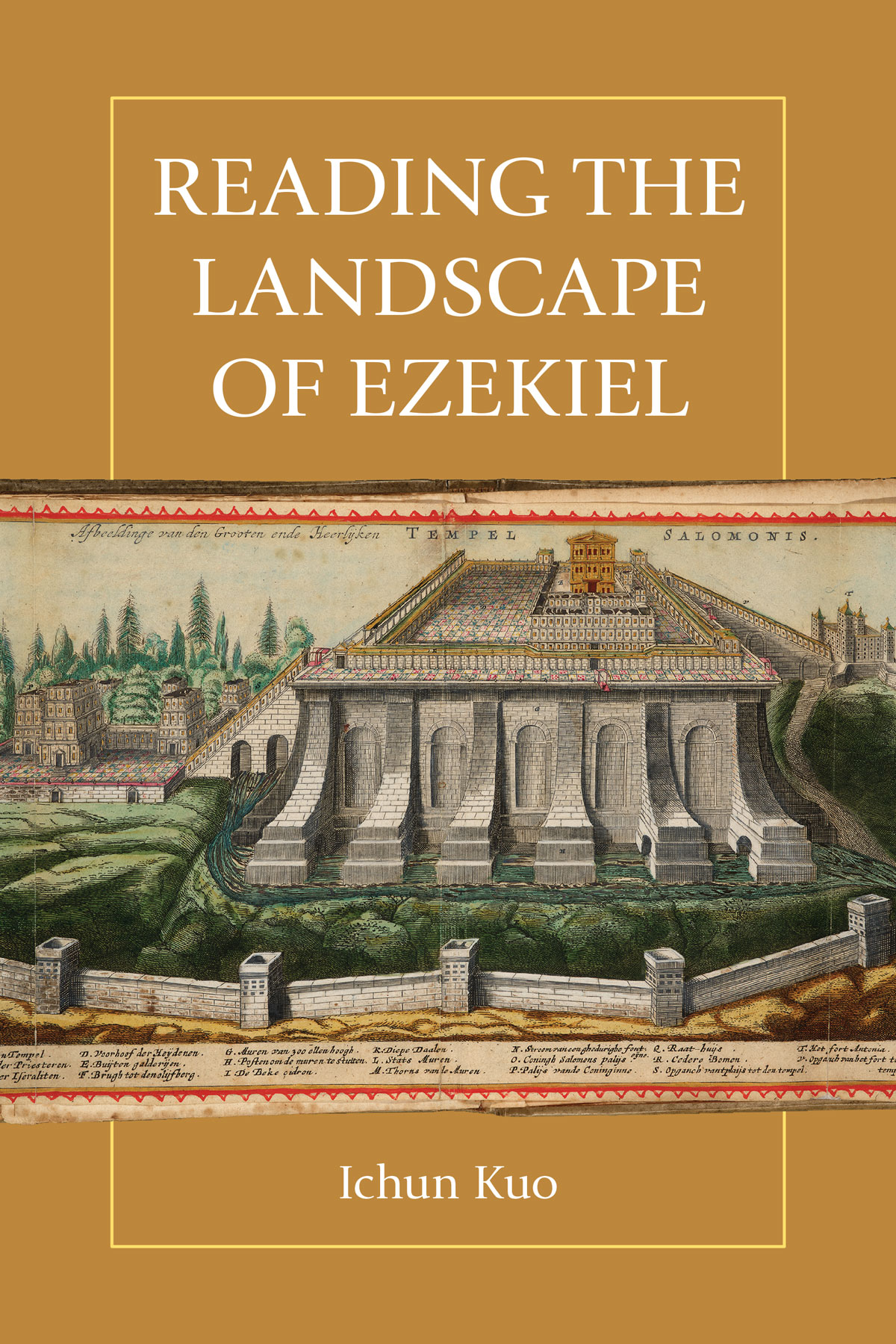

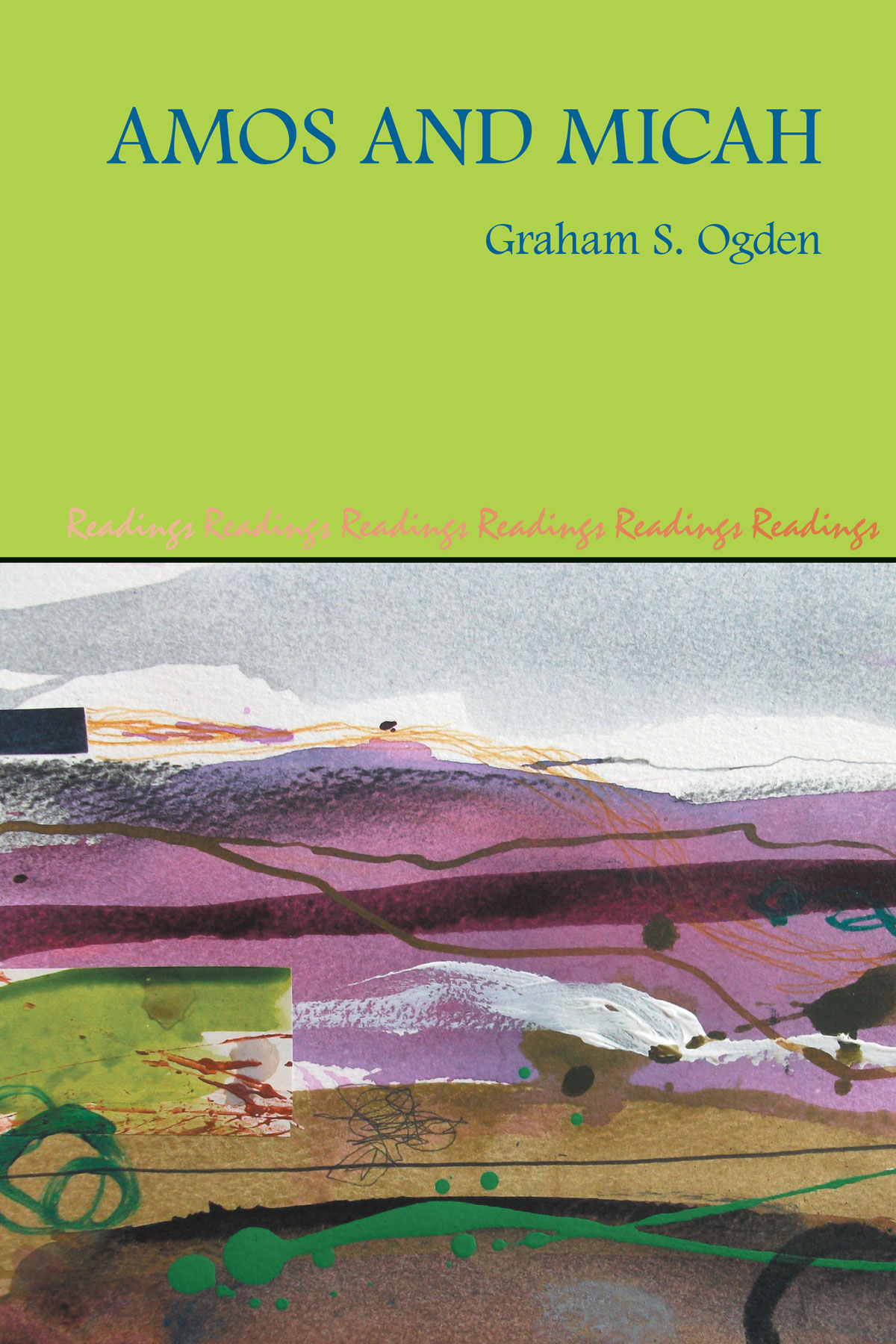


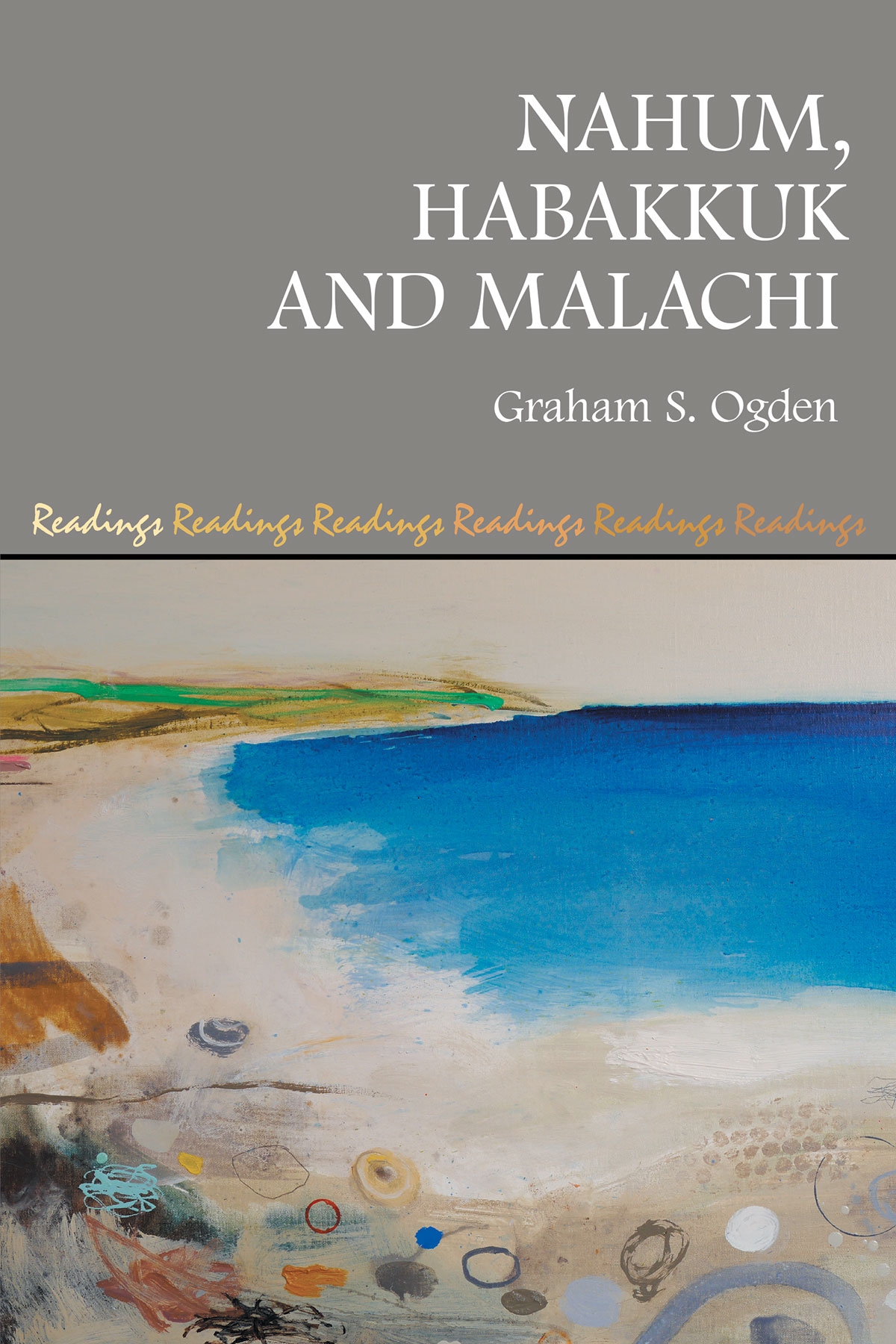
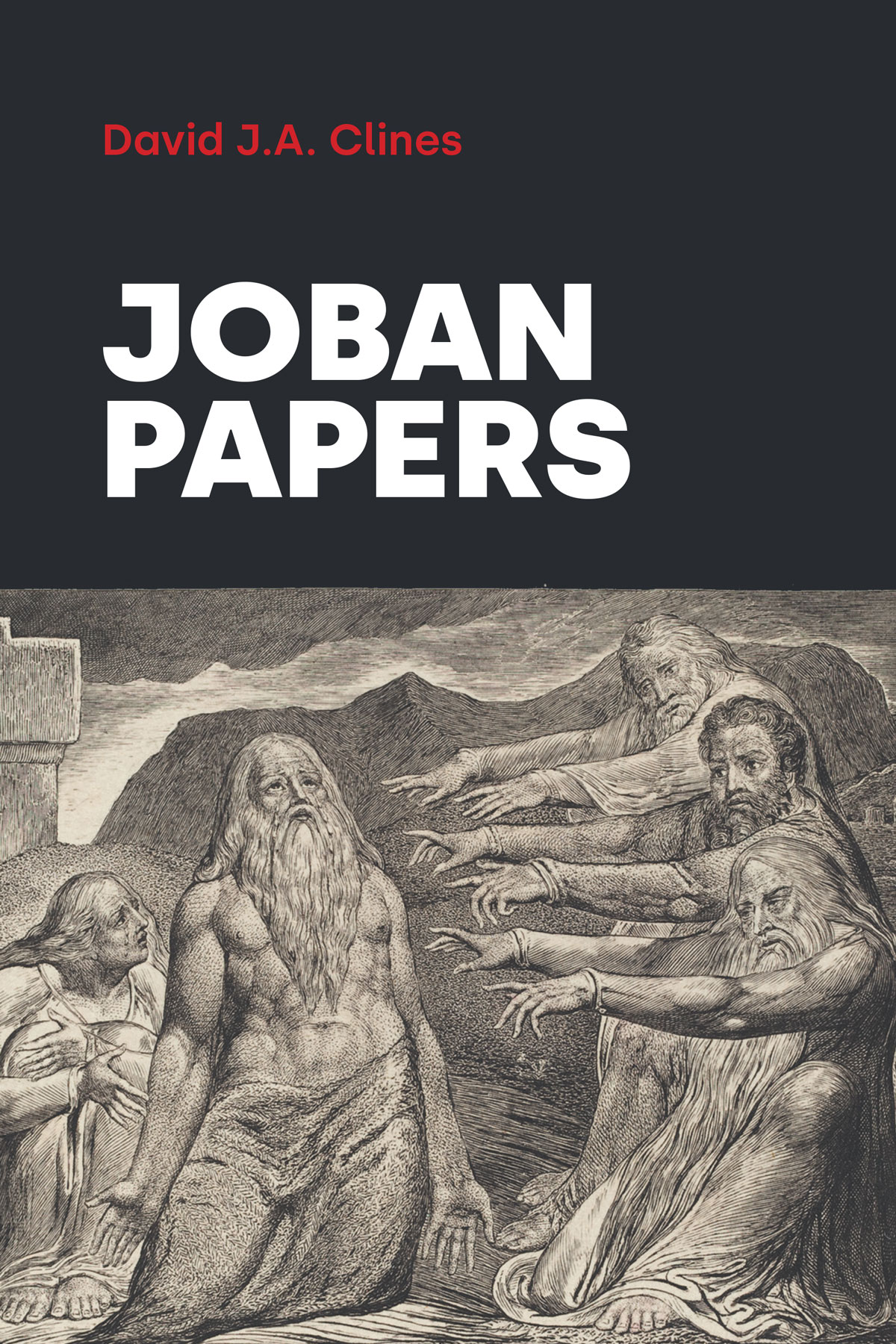
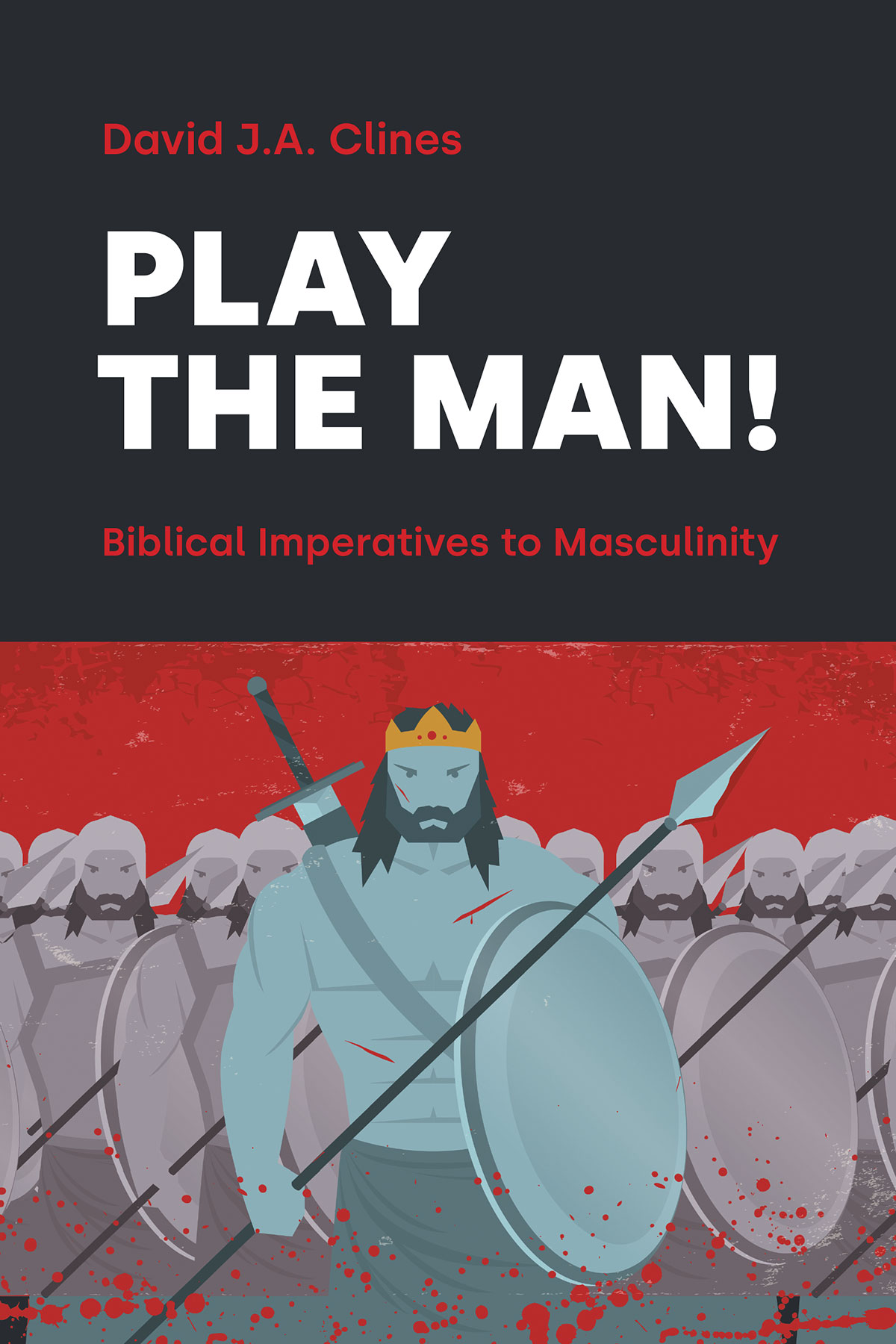
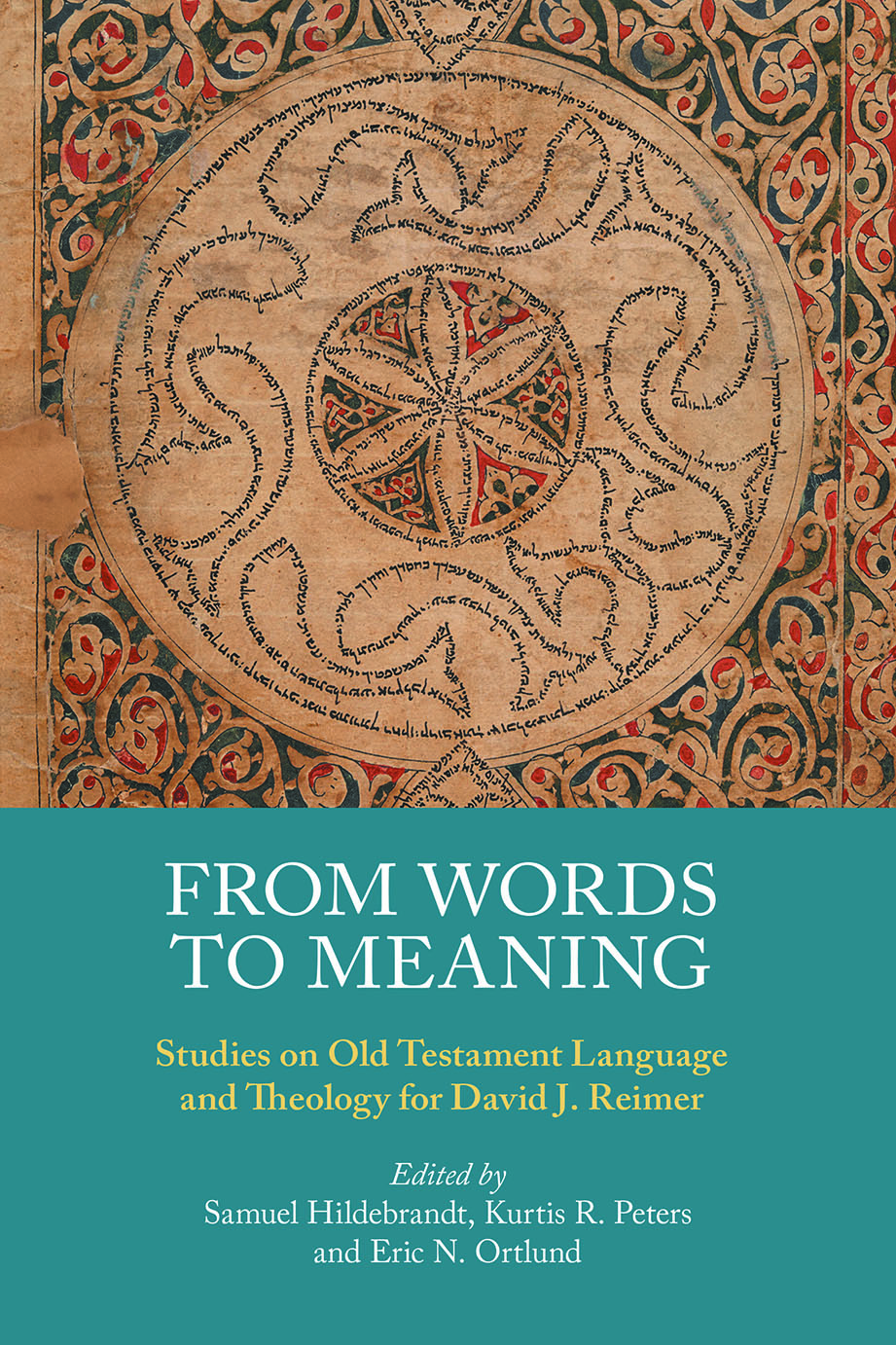
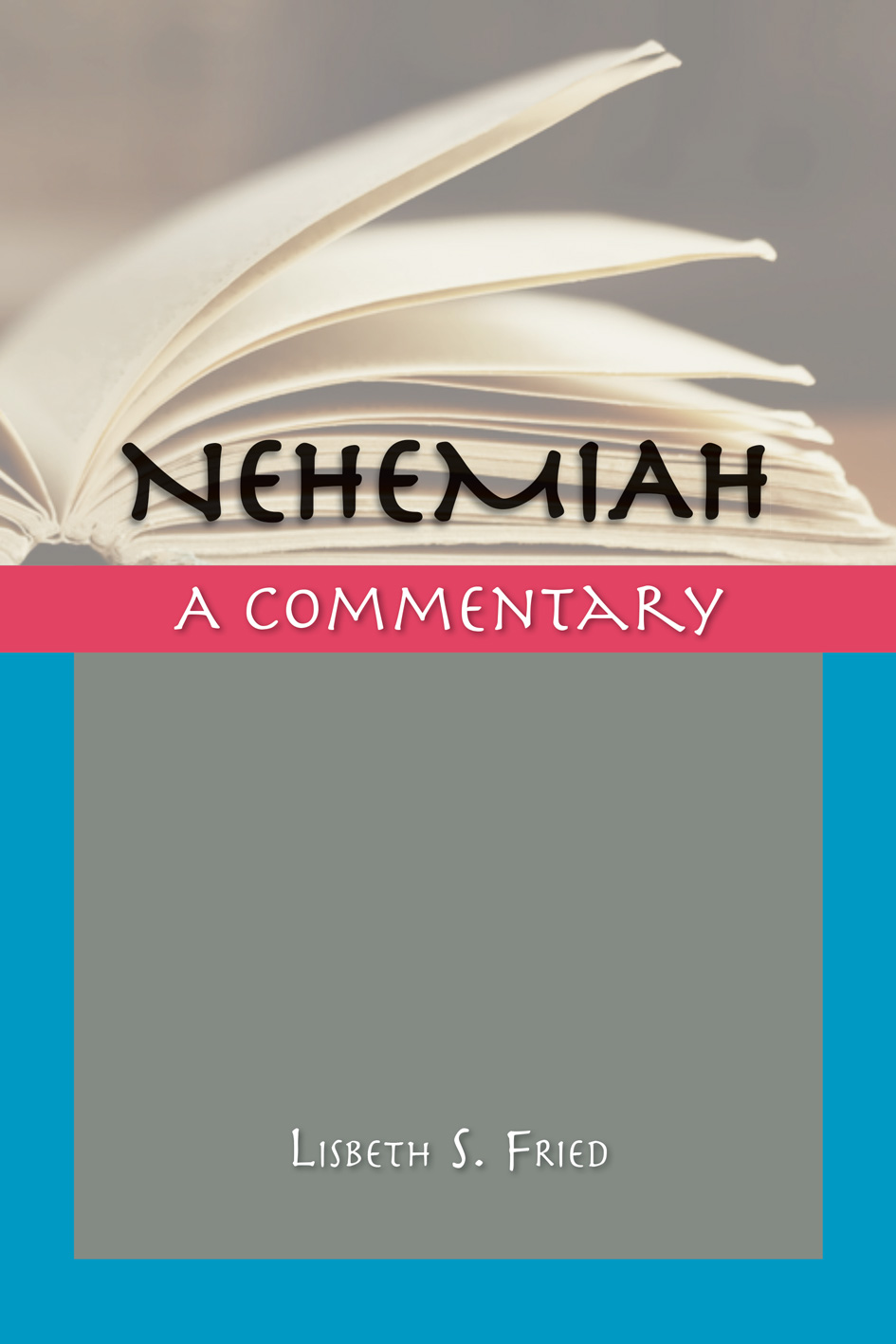
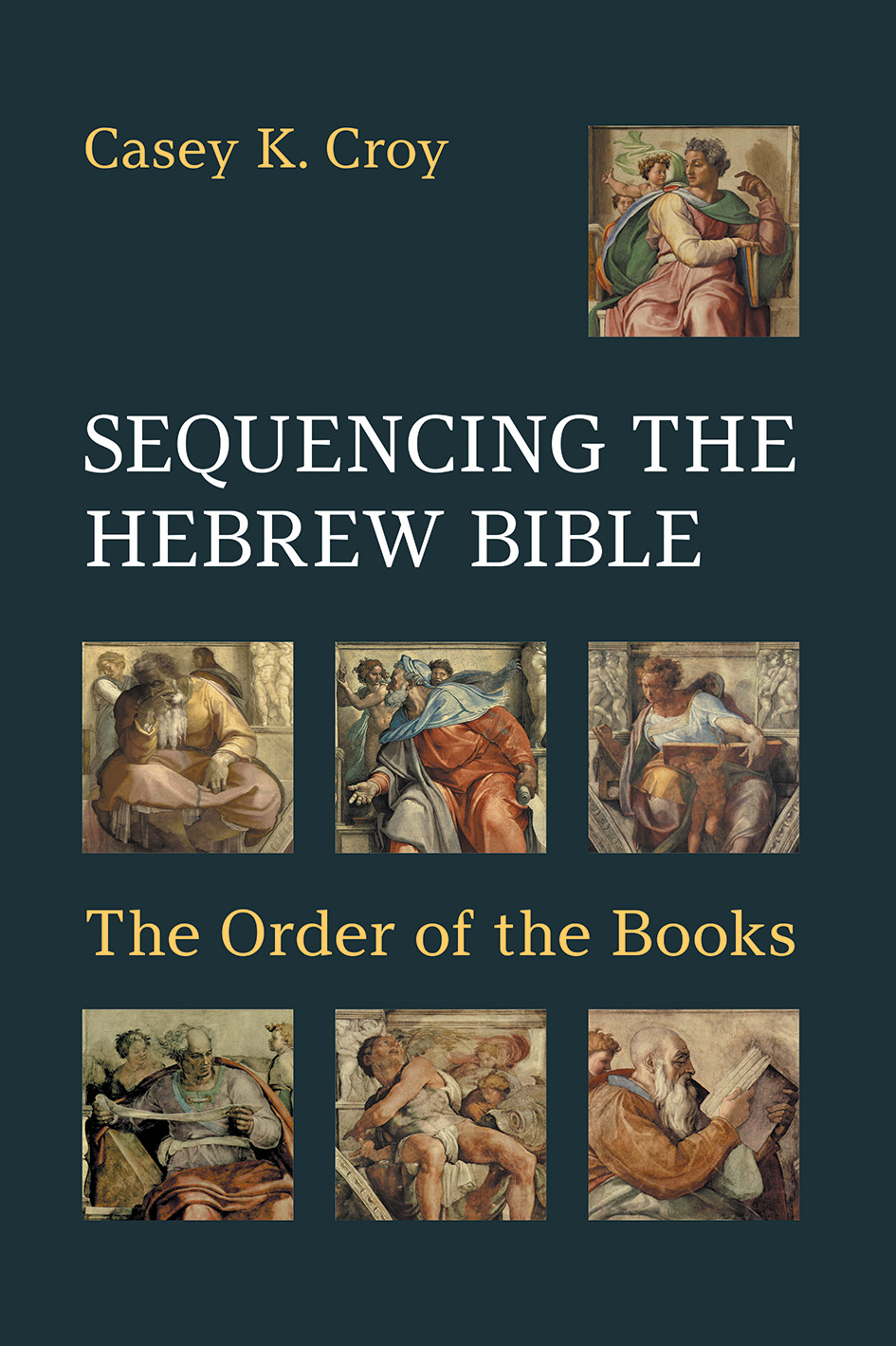
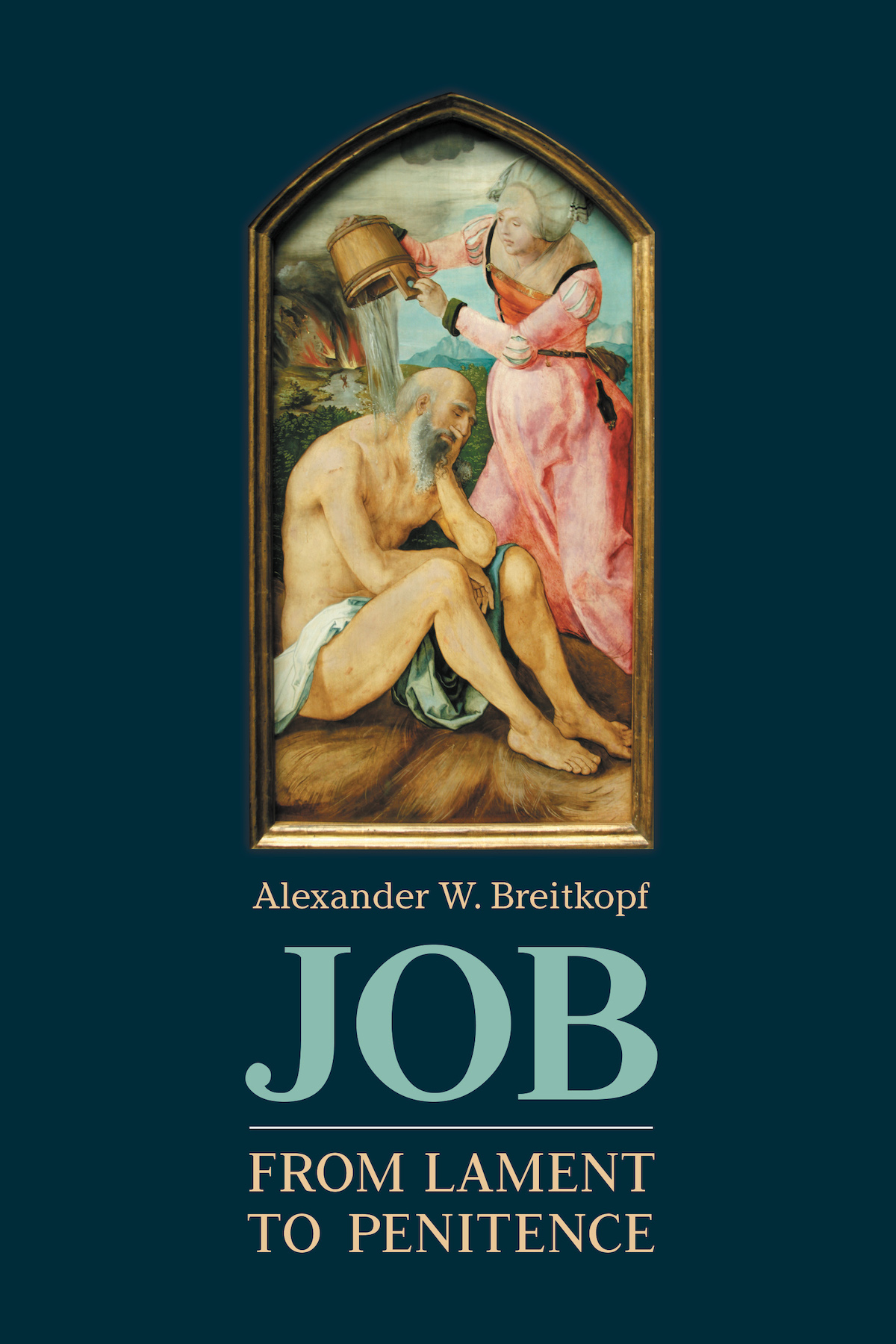
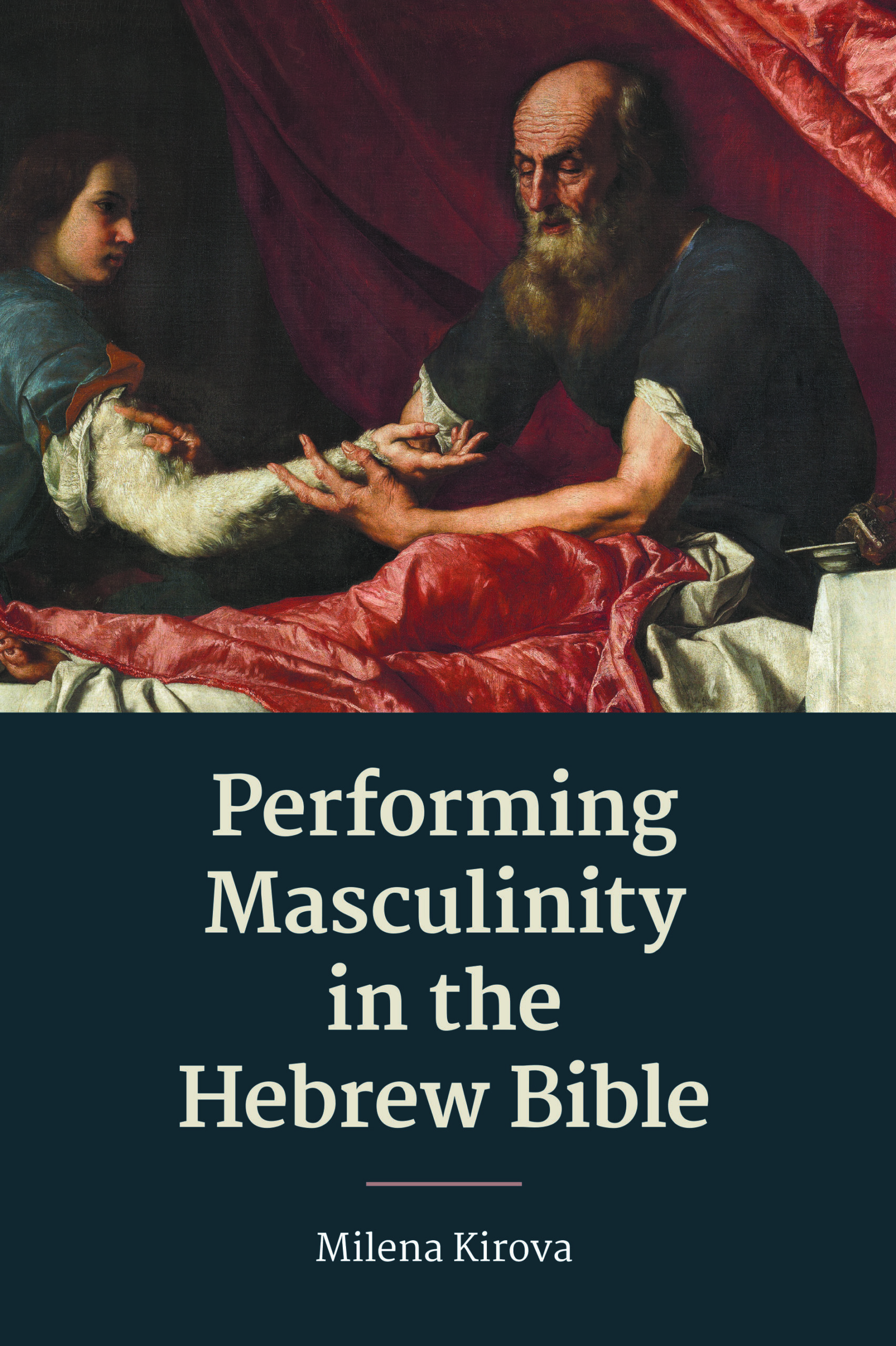

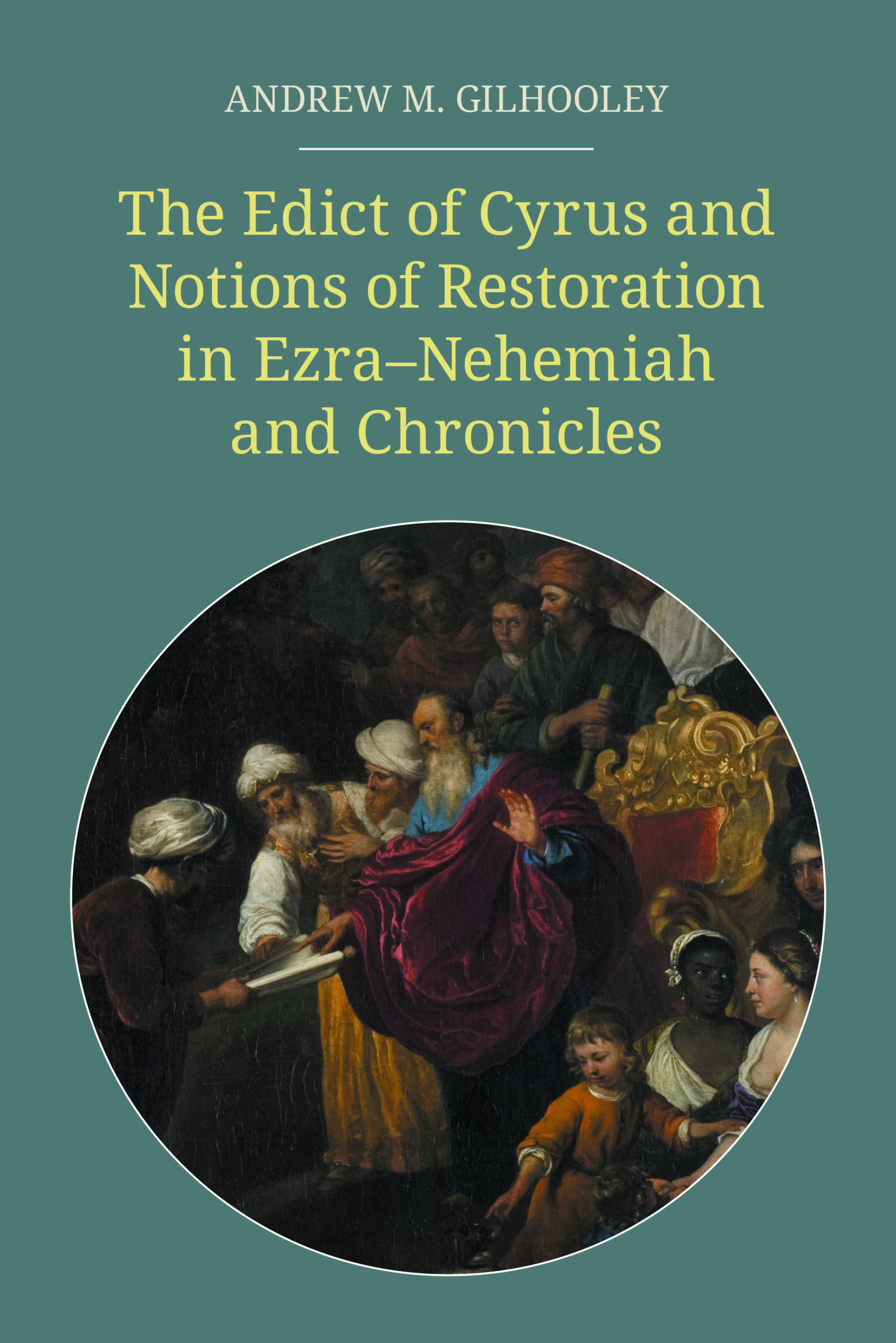
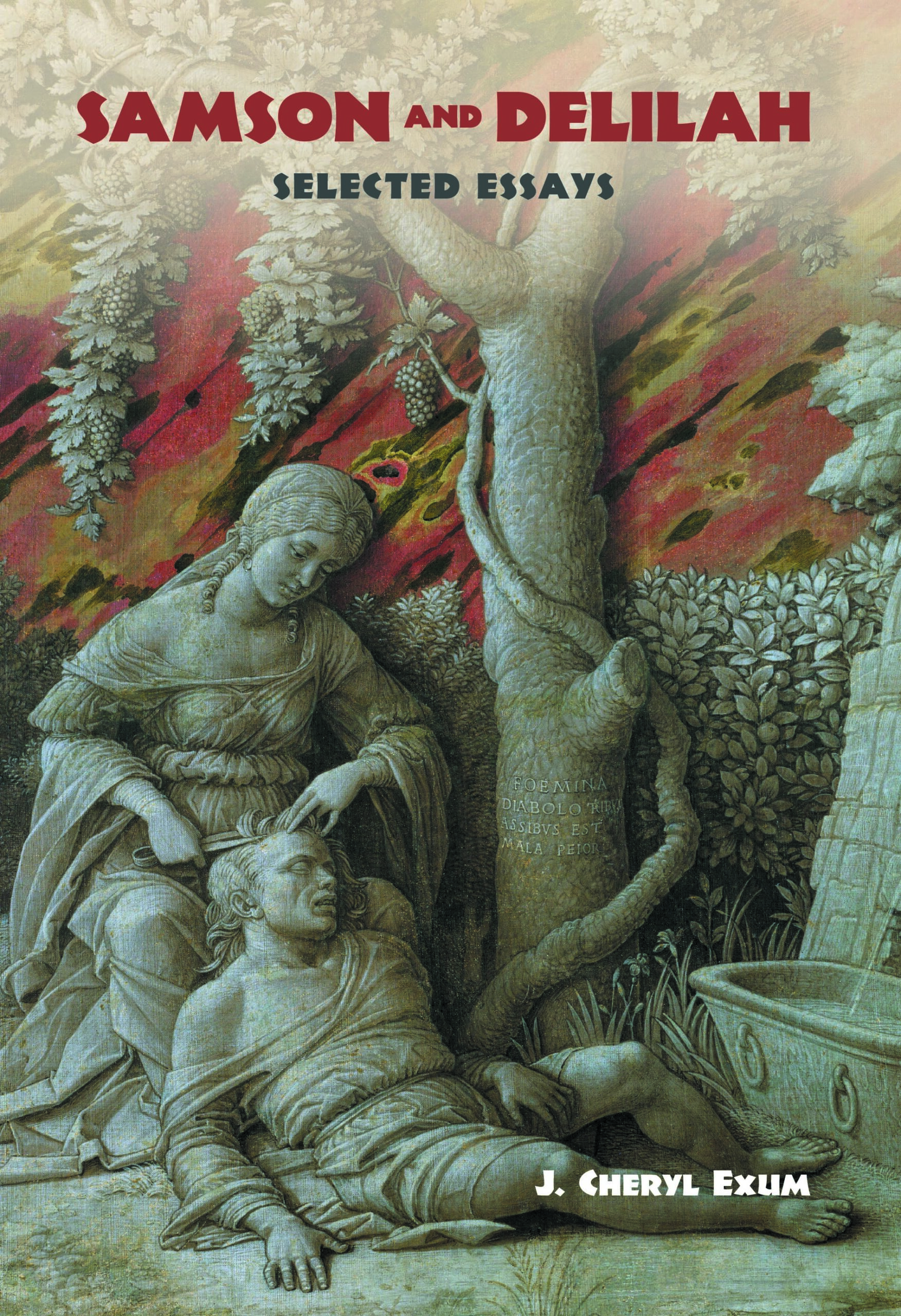
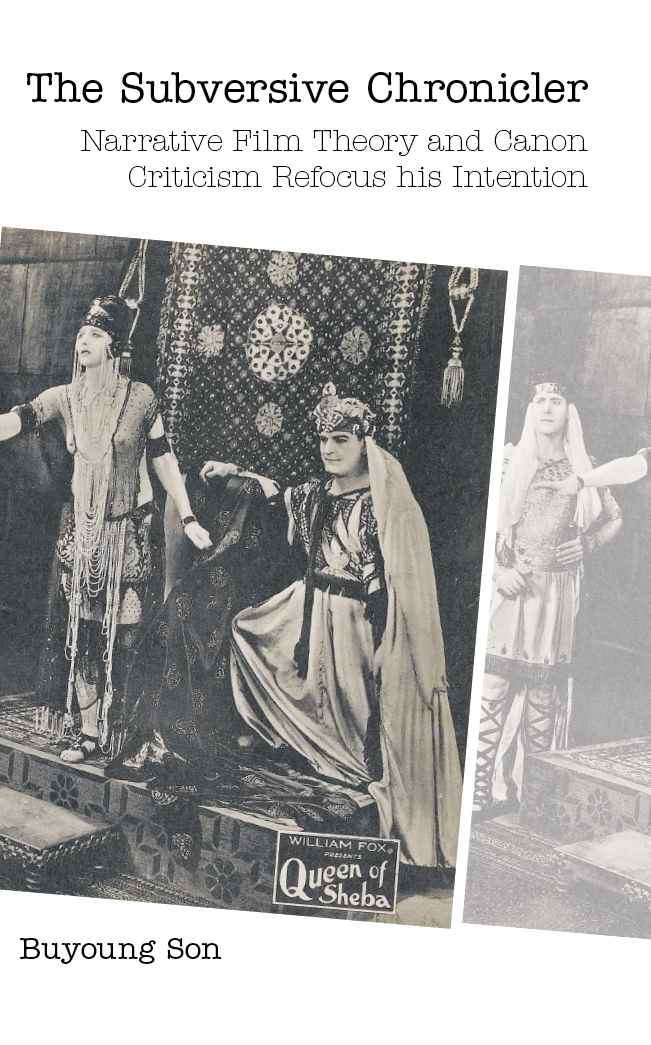
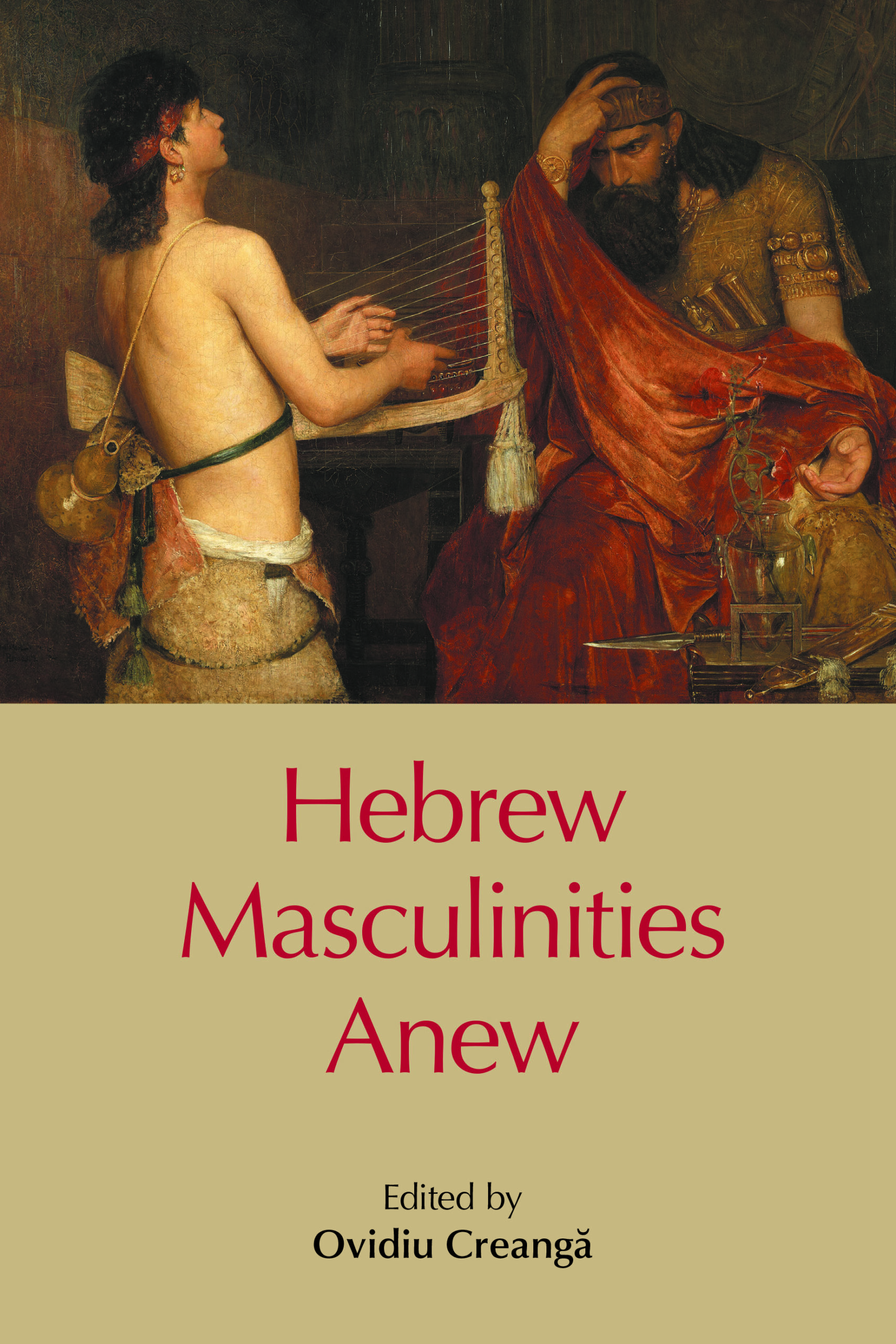
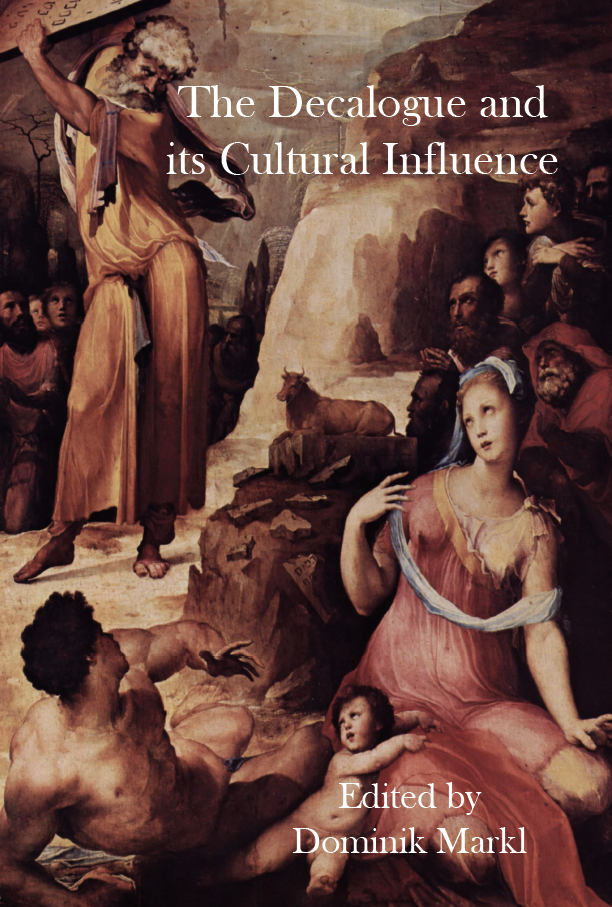
Nahum: A Trauma for a Trauma
Nahum: A Trauma for a Trauma